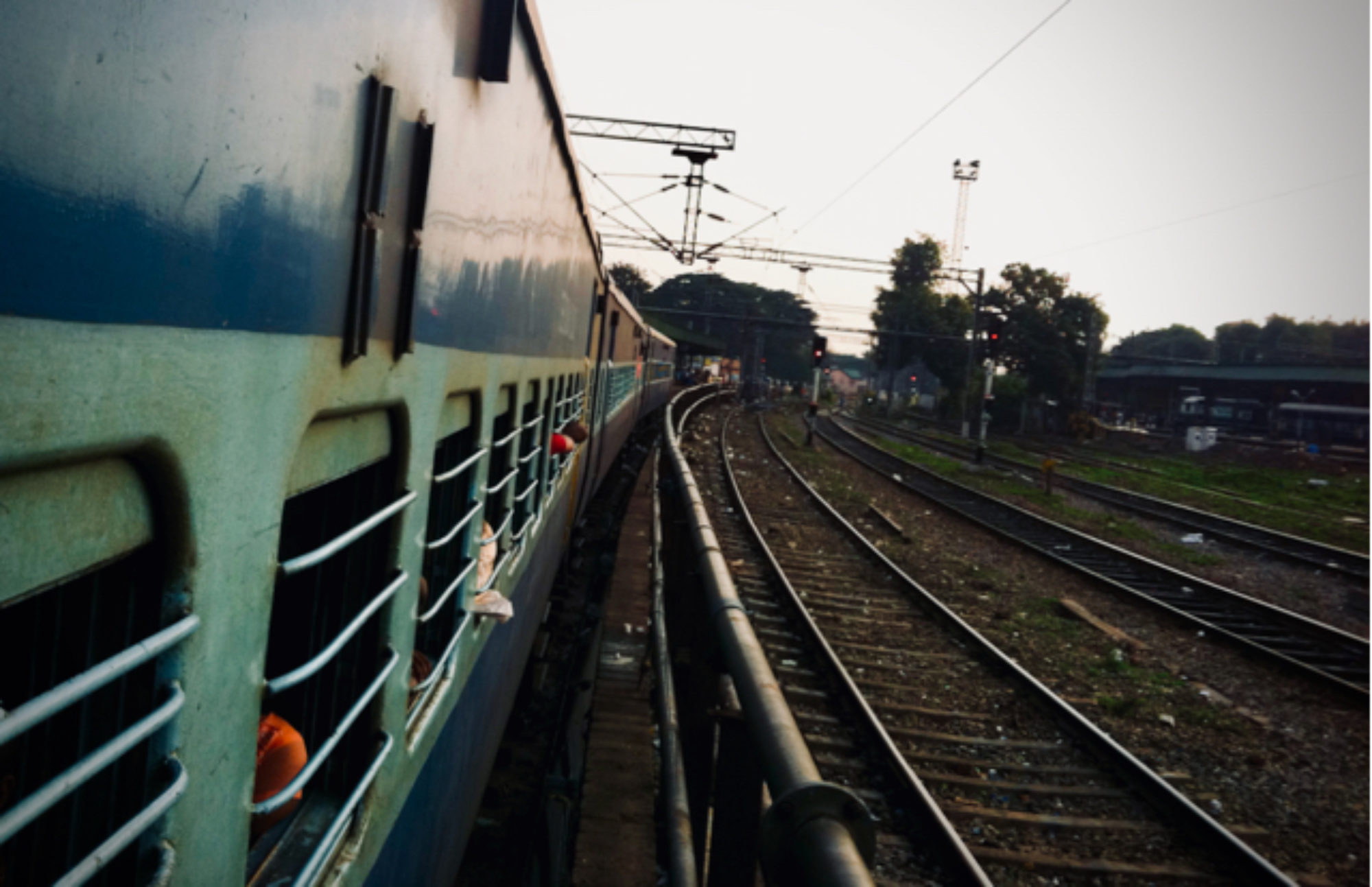>
Every week at ID, we read about what we do and what we like. This week we read a lot about bringing alternative energy solutions to those who need them the most.
“The Models That Work” by Abby Callard
Entrepreneurs are working to bring products and services to the Base of the Pyramid (BoP). Social entrepreneurs aim to make real social change there and to eradicate poverty. Beyond Profit looks at five models for reaching the rural poor that work: 1) Hub and Spoke, 2) Piggyback, 3) Local Entrepreneurs, 4) Market Linkage, and 5) Local Centers. Local centers are most effective for those looking to bring energy to off-grid markets. Onergy, for example, has renewable energy centers in rural India to make different types of technology and energy accessible. The local centers model is what EGG-Energy is doing, as you’ll see in the next article.
“Update on our progress at Mbagala station” from EGG-energy
 Our portfolio company EGG-energy is based in Dar es Salaam, Tanzania, an East African country. The “Netflix of batteries,” EGG-energy is working to extend the grid by providing costumers with affordable, portable energy. After their pilot operation in Chanika, Tanzania, they’re getting ready to open their second battery charging station in Mbagala. CEO Jamie Yang and his crew have also modified their subscription options to better meet their customers’ needs. Customers can either get a 6- or 12-month subscription, entitling them to “free and unlimited [battery] swaps at the charging station.”
Our portfolio company EGG-energy is based in Dar es Salaam, Tanzania, an East African country. The “Netflix of batteries,” EGG-energy is working to extend the grid by providing costumers with affordable, portable energy. After their pilot operation in Chanika, Tanzania, they’re getting ready to open their second battery charging station in Mbagala. CEO Jamie Yang and his crew have also modified their subscription options to better meet their customers’ needs. Customers can either get a 6- or 12-month subscription, entitling them to “free and unlimited [battery] swaps at the charging station.” “Japanese island halts nuclear power plant” by Kate McPherson
The ongoing nuclear crisis in the wake of the earthquake and tsunami that devastated areas of northeastern Japan is forcing many people to reconsider nuclear energy. Construction of a new nuclear plant on Iwaishima Island in Japan has been ordered to stop since the disaster. This is a tragic example of how important it is to consider the externalities. Nuclear energy might be cheaper p/Watt then many other forms of energy harvesting, but that doesn’t take into account the tremendous costs associated with waste storage or disasters like what happened in Japan.
“Off-Grid Solar Solutions Shine in Low-income Rural Cambodia” by Yotam Ariel
Throughout the globe, the poorest people often live off-grid and do not have access to energy. The alternative is often harmful kerosene lamps or automobile batteries. Cambodia is one of the many countries with this problem where “about 11 million people live beyond the reach of electric grids.” As we’ve said before, the BoP has huge potential, and entrepreneurs are working to bring alternative, sustainable energy solutions to the people who need them most. Solar energy, for example, is safer and cheaper in the long run. While purchasing a $25 solar lamp is a big investment BoP consumers, microfinancing or renting opportunities make solar energy adoption possible. In Cambodia, Kamworks is renting solar lanterns for 8 cents a day, which is an ideal model for consumers who do not have savings.
ViewChange Video of the Week: Burning in the Sun from Next Billion
Next Billion features Burning in the Sun, a full-length documentary tracking the story of Daniel Dembélé, an entrepreneur in Africa. The documentary shares Daniel’s journey to “electrify the households of rural communities, 99 percent of which live without power. Addressing issues like climate change, poverty, and African self-sufficiency, the documentary places the connection between the three issues in the foreground. Innovative energy solutions have the potential to eradicate poverty in emerging markets. If more entrepreneurs like Daniel find success in Africa, the continent will develop and ultimately gain self-sufficiency thanks to market-based solutions.
